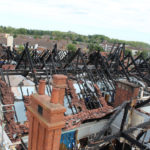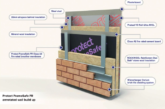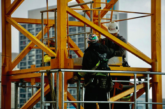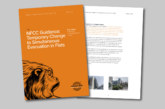A new study from Zurich Municipal reveals 480 primary and secondary schools endured fires in 2019, a staggering 40 incidents every month. As a result, almost 20,000[i] school children have had their education impacted or have been displaced from their usual school building over the same period. The research was compiled by the Zurich data science team through a freedom of information request to the UK Fire and Rescue Services.
Further data analysis by Zurich, a leading insurer of schools in the UK, shows that last year over 15,000m² of classroom space was damaged during blazes last year across 271 primary and 209 secondary schools. Only 2% (seven) of the schools had sprinkler protection in place. According to official figures, only 15% of all new schools built and open in the UK since 2011 have been fitted with sprinklers[ii]. Whilst sprinklers are compulsory in all new or major refurbished school buildings in Scotland and Wales, this is not the case in England.
Firefighters have been called to nearly 2,000 school blazes in England alone in the last three years. [iii] Malfunctioning appliances or equipment, faulty electrics, arson and kitchen blazes are among the leading causes of school fires. Larger fires in schools cost on average £2.8m to repair and in some cases over £20m.
Despite being far riskier than average property when it comes to fires, many schools also lack the equipment and adequate fire protection needed to prevent small fires becoming major disasters. Of more than 1,000 school inspections carried out by Zurich, two thirds (66%) were rated as having ‘poor’ fixed fire protection systems, such as sprinklers, which are proven to significantly reduce the damage caused by fire. Just 14% were rated ‘good’ or ‘excellent’. A further quarter (24%) were judged ‘poor’ for fire detection measures, such as smoke detectors and fire alarms.[iv]
In June, Boris Johnson pledged £1bn to fund a decade long school rebuilding and repair programme and a further £560m in early August.[v] Based on large fires alone, Zurich estimates that the repair for school fires could hit £320m over 10 years — a significant portion of the Government’s slated investment.[vi] Zurich wants the Government to ring-fence some of its promised investment to improve the resilience of schools at high risk of fire.
The findings have also led Zurich to launch a parliamentary petition (https://petition.parliament.uk/petitions/549558) to urge MPs to change the law on sprinklers in schools.
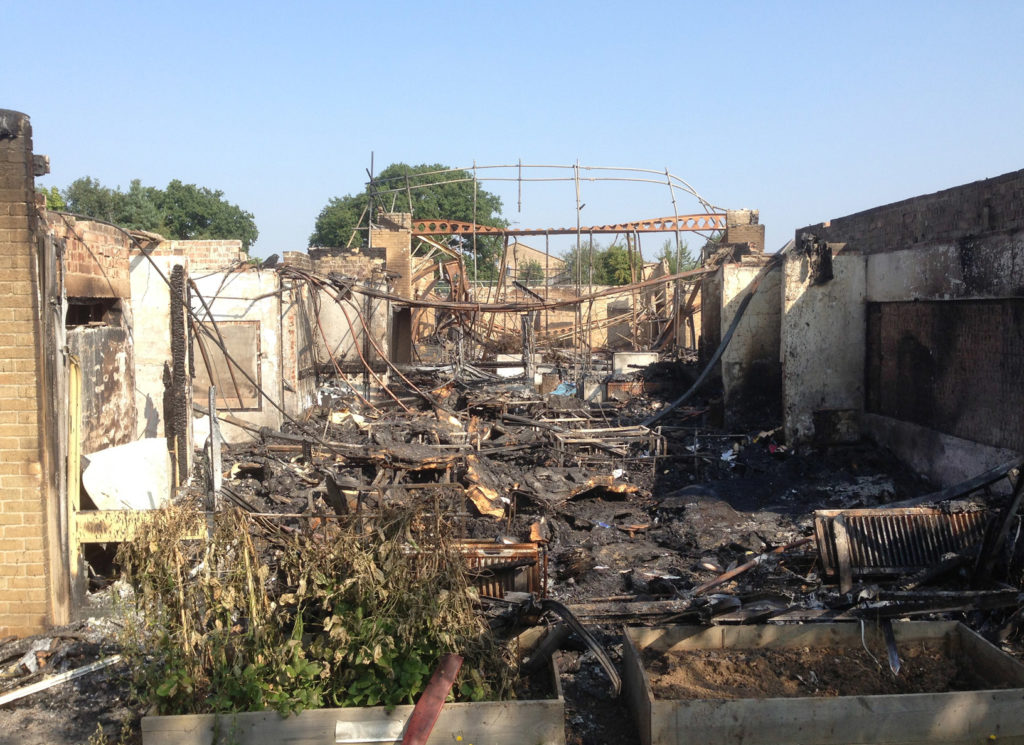 Tilden Watson, Head of Education at Zurich Municipal, said: “With children’s education already severely impacted by the COVID-19 pandemic, the last thing we need is further disruption as a result of preventable school fires. As insurers, we work closely with schools to help them manage their fire risks but a simple solution such as the installation of sprinklers could minimise the dangers from the outset, avoiding months or even years of upheaval while the repairs are being carried out. It also preserves the community space, for which schools are often used out of hours.
Tilden Watson, Head of Education at Zurich Municipal, said: “With children’s education already severely impacted by the COVID-19 pandemic, the last thing we need is further disruption as a result of preventable school fires. As insurers, we work closely with schools to help them manage their fire risks but a simple solution such as the installation of sprinklers could minimise the dangers from the outset, avoiding months or even years of upheaval while the repairs are being carried out. It also preserves the community space, for which schools are often used out of hours.
“As well as protecting pupils, sprinklers drastically reduce the extent of damage when there is a blaze, often confining the fire to a single room. This gets children back into schools and classrooms quicker as well as saving taxpayers’ money so why is the Government not willing to make this investment now, minimising the impact on our children, potentially saving lives and millions of pounds in repair costs?”
Andy Dark, Fire Brigades Union Assistant General Secretary, commented: “The poor standard of fire safety provision in our schools is nothing short of a scandal. A major feature of this failure to invest is the lack of sprinklers. It makes clear and unchallengeable economic sense to have sprinklers fitted; it has huge support amongst teachers and parents and has universal support amongst fire service professionals and the wider fire community. It is impossible to imagine why the Government has dragged its heels on this issue.
“Raising the level of fire protection and prevention in schools ticks all the boxes: protecting the education of students; protecting the community assets which the school infrastructure provides; reducing the damage caused by smoke and fire; and reducing the risks to both school-users and the firefighters who are called upon to extinguish the fires. It’s time for the government to stop prevaricating. It’s time for MPs of all parties to press for the Government to urgently introduce the mandatory fitting and retro-fitting of sprinklers in all schools.”
Case Study — Sprinklers save Flintshire school from ‘laser cutter’ blaze
Connah’s Quay High School in Flintshire, north Wales, was saved from a potentially disastrous blaze when a laser-cutter caught fire. Around 1,000 pupils had to be evacuated at lunchtime when the fire broke out at the secondary school in June 2019. The school’s sprinkler system quickly extinguished the fire and contained the damage to a single room allowing pupils to return the next day.
Emma Dale, Connah’s Quay School Business Manager, said: “Without sprinklers, the damage could have been devastating. Sprinklers are a cost saving measure, not an expense. They save the cost of rebuilding and repairing schools, and can pay for themselves in lower insurance premiums.”
Speaking at the time North Wales Fire and Rescue Service, said: “This incident clearly highlights the importance of sprinklers in helping to avoid the spread of fire.”
[i] Data estimated based on an average of 282 pupils per school and 27.1 pupil per class in primary schools and 965 and 21.7 in per class in secondary schools https://explore-education-statistics.service.gov.uk/find-statistics/school-pupils-and-their-characteristics
[ii] https://assets.publishing.service.gov.uk/government/uploads/system/uploads/attachment_data/file/823436/fire-statistics-data-tables-fire0301-080819.xlsx
[iii] Home Office: Fire Statistics – 1,916 fires on education premises in England between 2016-2019, of which 34 buildings were completely destroyed
[iv] Inspections carried out between Jan 2017 and Dec 2019
[v] GOV.co.uk, 29 June: PM announces transformative school rebuilding programme
[vi] Based on current rate of 11.3 schools destroyed a year, and a conservative cost of £2.8m per larger fire (11.3 x 2.8 x 10 = £317m).

